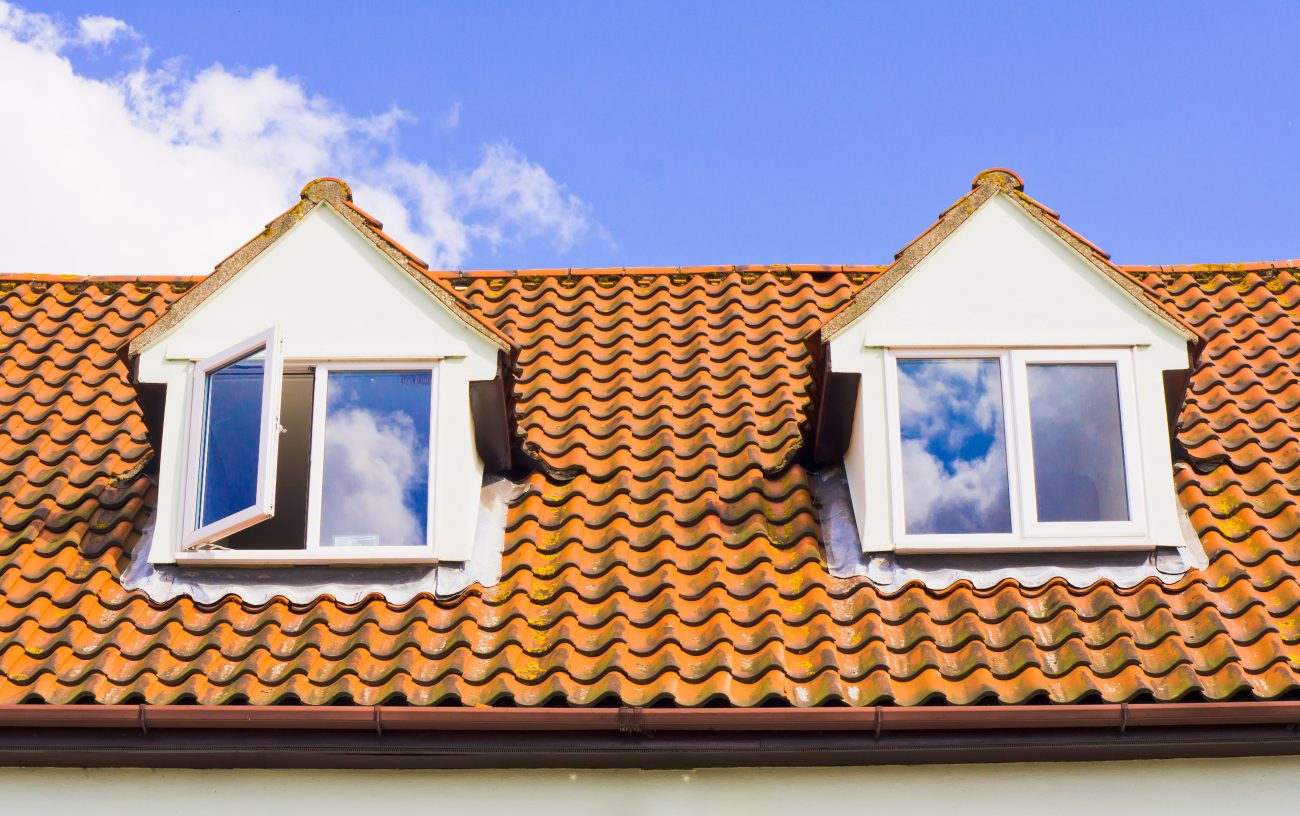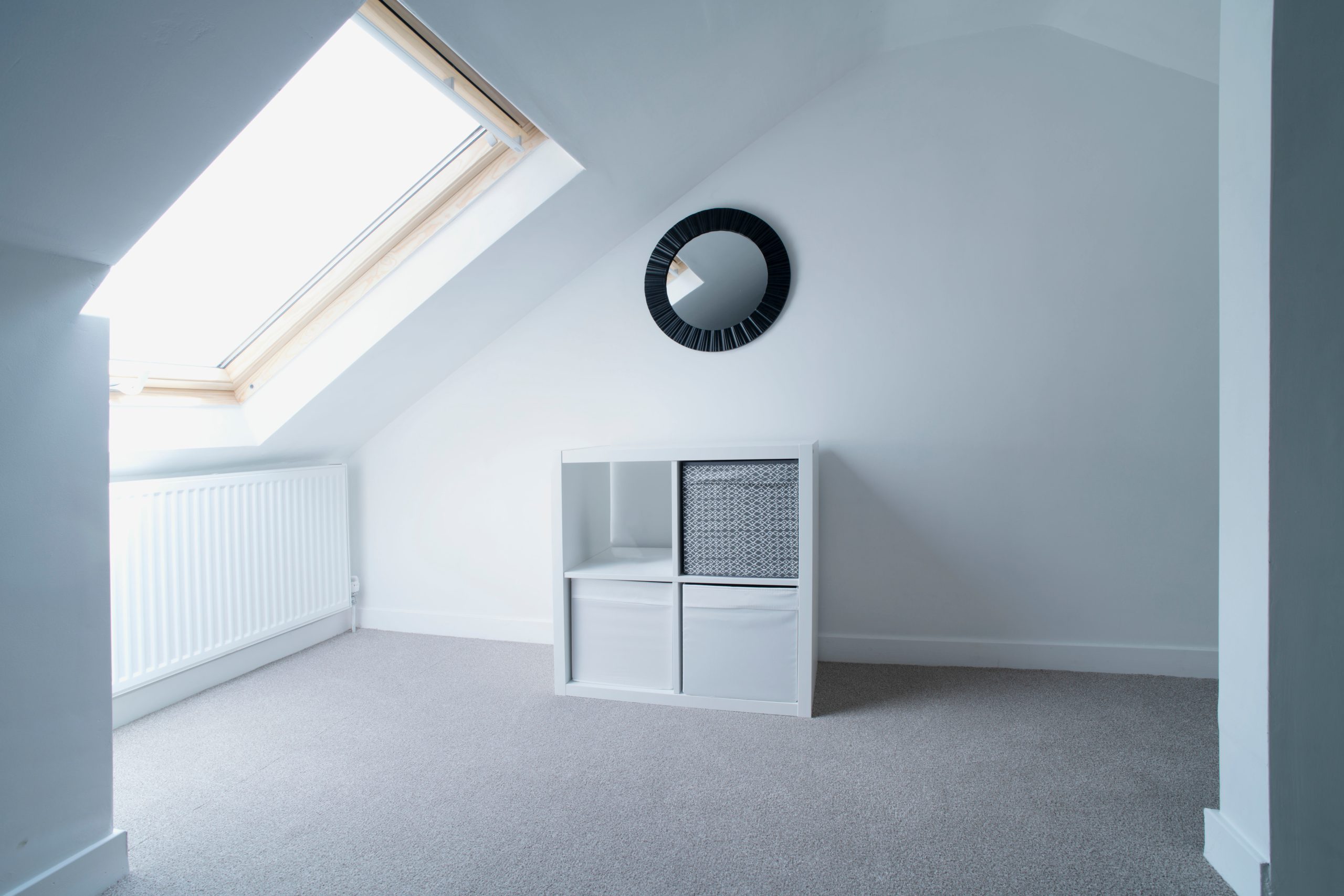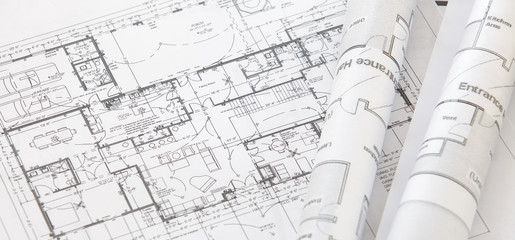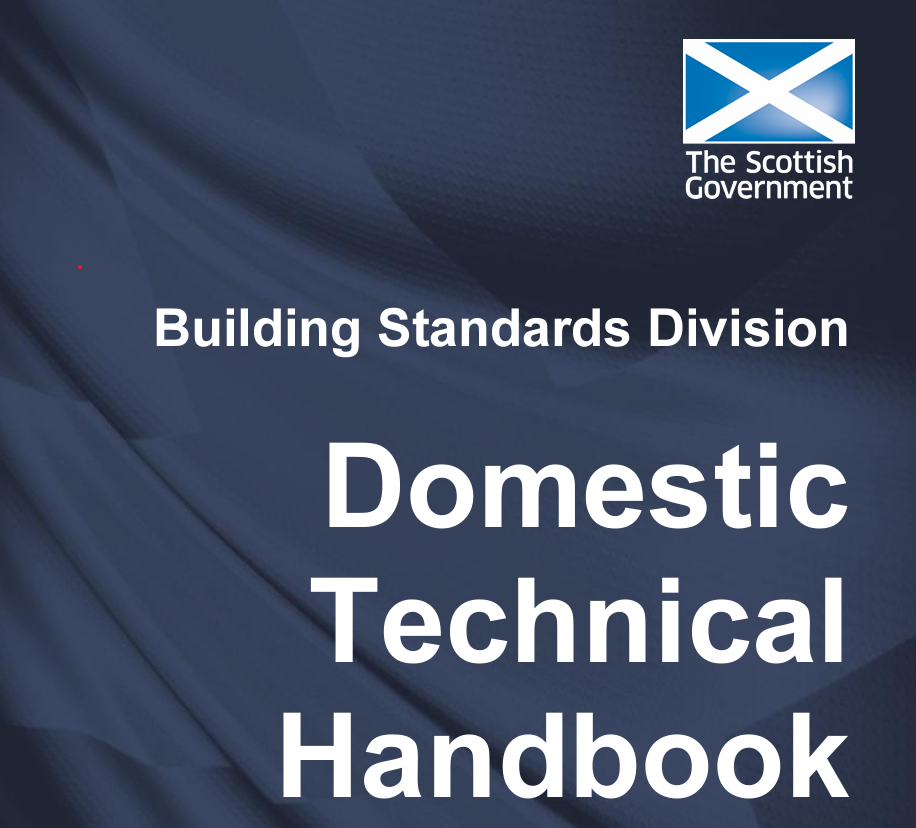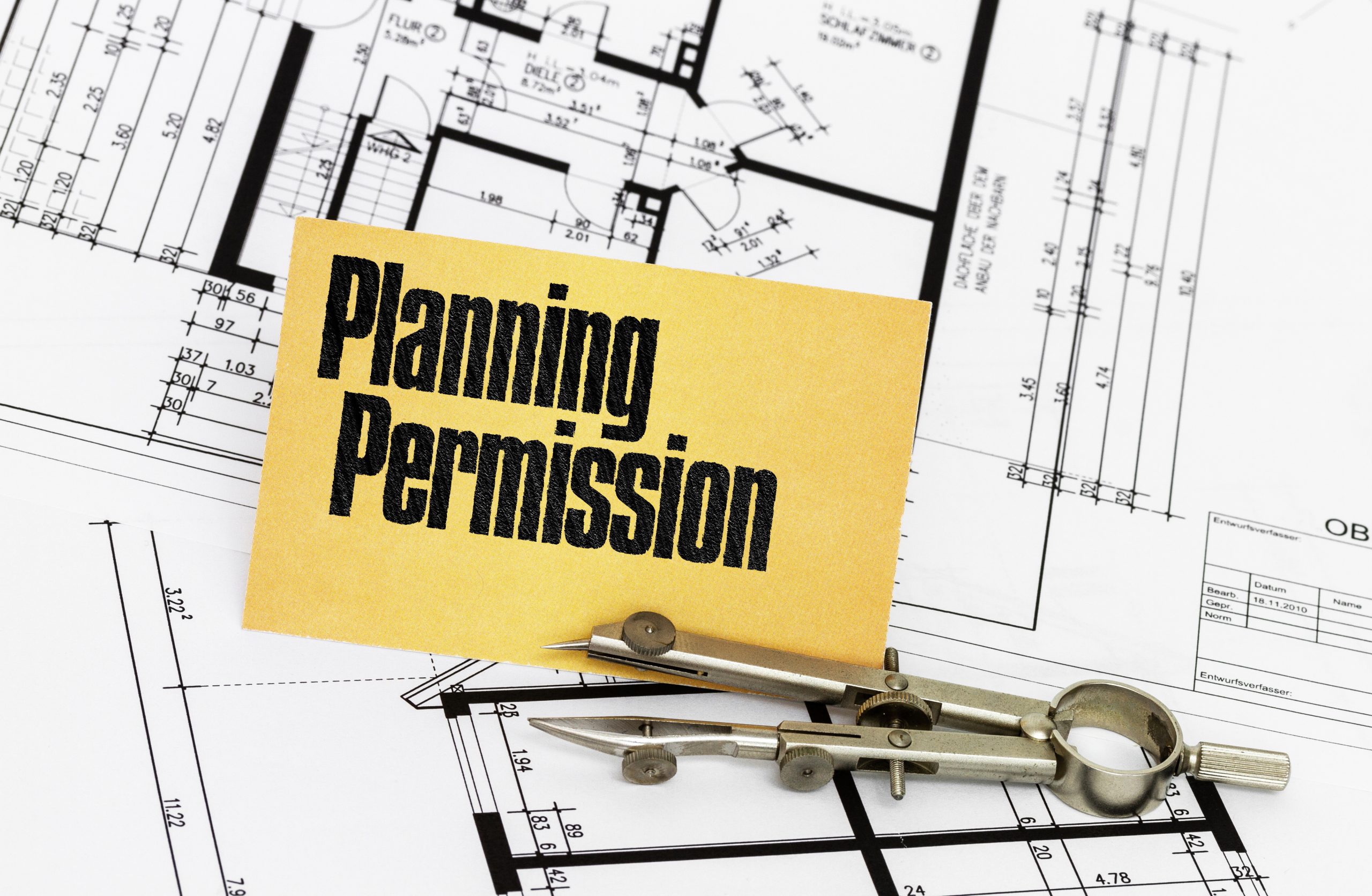Do You Need a Building Warrant for a Loft Conversion? Find Out!
Yes, you need a building warrant for a loft conversion.
It doesn’t matter if it is a Velux Roolight, Dormer, or any other type of loft conversion, you still require a building warrant.
However, before you get anywhere near submitting a building warrant you will need to assess the feasibility of a loft conversion and find out if it’s suitable for conversion.
There are a few key things to look out for, well look into some of these further down this page.
Key Takeaways:
- A building warrant is required for a loft conversion.
- Consult your local building control team for guidance.
- Professional plans from an architect or building designer are essential.
- Consider aspects such as roof structure, access, floors and walls, electrics and heating, windows and doors, fire safety, and bathrooms.
- Converting a loft without building regulations can lead to legal consequences.
Understanding Loft Conversion Requirements and Guidelines
Before starting a loft conversion project, it’s important to understand the specific requirements and guidelines that need to be followed.
This ensures that your conversion meets the necessary standards and regulations, providing a safe and functional living space. Here are some key areas to consider:
Headroom and Floor Space
One of the first requirements to assess is the headroom in your loft space. It is recommended to have a minimum of 2.1 meters of headroom after installing new floors, beams, and insulation.
This allows for comfortable movement and ensures the space is usable. Additionally, you should evaluate the floor space to determine if it is large enough to accommodate your intended conversion plans.
Stairs
Probably the single biggest thing when it comes to loft conversions.
2.0m clear head height is required on landings and stairs at all times.
Compliance with Building standards
If you convert your loft into a habitable space you will need to fully comply with building standards, these standards are set out in the most recent version of the Domestic technical handbook
This is a 550-page document, It is available online, but be warned… it’s pretty boring!
These cover:
- Section 1 Structure
- Section 2 Fire
- Section 3 Environment
- Section 4 Safety
- Section 5 Noise
- Section 6 Energy
- Section 7 Sustainability
Schedule a conversation with me
Professional Plans
To ensure a successful loft conversion, it’s highly recommended to engage the services of an architect or architectural technician who can create professional plans for your project.
These plans should cover various aspects such as the roof structure, access (including stairs and fire escape routes), floors and walls (including strengthening and insulation), electrics and heating, windows and doors, fire safety measures, and bathroom facilities. Having detailed plans in place helps to streamline the construction process and ensures that all necessary elements are accounted for.
| Key Conversion Requirements | Guidelines |
|---|---|
| Headroom | Minimum 2.1 meters after installation of new floors, beams, and insulation. |
| Floor Space & stairs | Determine if it is large enough to accommodate your intended conversion plans. |
| Compliance with current building standards | Follow building regulations when converting your loft |
| Professional Plans | Engage an architect or architectural technician to create detailed plans covering all aspects of the conversion. |
By understanding and adhering to the loft conversion requirements and guidelines, you can ensure a smooth and successful project.
5 reasons to have your Loft conversion plans professionally drawn up
- Expertise in Building Regulations: Architects and architectural technicians are well-versed in building regulations, codes, and standards. When designing loft conversion plans, they ensure that all aspects of the project comply with the necessary legal requirements, including safety and structural integrity. This expertise helps avoid costly mistakes and ensures the project proceeds smoothly through regulatory approvals.
- Technical Drawing Proficiency: Architectural technicians have a strong foundation in technical drawing and CAD (Computer-Aided Design) software. Their skills allow them to create precise and detailed plans, elevations, and cross-sections, ensuring that builders and contractors have clear and accurate guidance for construction.
- Cost-Efficiency: Hiring an architectural technician can be a cost-effective choice for designing loft conversion plans. They are often more budget-friendly than architects while still providing the essential technical expertise required for the project. This cost-efficiency is especially beneficial for homeowners looking to maximize their budget for the construction phase.
- Problem Solving: Loft conversions can present unique challenges, such as limited space, structural considerations, and compliance with local regulations. Architectural technicians are skilled problem solvers who can assess these challenges and develop creative solutions to make the most of the available space while meeting all legal requirements.
- Collaboration with Other Professionals: Architectural technicians can collaborate effectively with other professionals involved in the loft conversion project, such as structural engineers and builders. Their ability to communicate technical information and coordinate with various experts ensures a cohesive and successful conversion process.
In summary, employing an architectural technician or an architect for loft conversion plans offers numerous advantages, including expertise in building regulations, technical drawing proficiency, cost-efficiency, problem-solving abilities, and effective collaboration with other project stakeholders. These qualities make them a valuable asset for homeowners embarking on loft conversion projects.
They can handle your building regulations application on your behalf, all the way through to building control sign-off.
Key Aspects Covered by Loft Conversion Plans – Building standards
Comprehensive loft conversion plans should address various aspects to ensure a successful and safe transformation of your loft space. These plans should cover the following:
Roof Structure
The roof structure is a crucial element to consider when converting a loft. It is essential to assess the condition of the existing roof and determine if any reinforcement or modification is needed to support the new space. This includes evaluating the strength of the roof trusses, beams, and rafters, as well as ensuring proper insulation.
It’s worth noting that a structural engineer is required as part of the design team for all loft conversions.
Access
Creating safe and convenient access to the loft is another important aspect to address in the conversion plans. This typically involves designing and installing a suitable staircase, ensuring it meets the necessary building regulations for dimensions, headroom, and handrails. Fire escape routes should also be considered to ensure the safety of occupants in case of an emergency.
Floors and Walls
Strengthening the existing floor structure to support the additional load is crucial in a loft conversion. This may involve reinforcing the joists or adding new floor beams. The conversion plans should also include provisions for insulation to improve energy efficiency and soundproofing. In terms of walls, considerations should be made for strengthening or adding structural support where needed.
Electrics and Heating
The conversion plans should specify the electrical layout, including the placement of sockets, switches, and light fixtures. It is important to ensure that the electrical system is designed and installed by a qualified electrician to meet safety regulations. Additionally, the plans should address heating requirements for the new space, considering options such as radiators, underfloor heating, or air conditioning units.
Windows and Doors
The placement and design of windows and doors play a significant role in the overall functionality and aesthetics of the converted loft. The plans should include details on the size, type, and location of windows to maximize natural light and ventilation. The design of access doors, such as entrance doors and fire doors, should comply with appropriate safety standards.
Fire Safety
Fire safety is paramount in a loft conversion. The plans should outline measures to ensure that the new space meets fire safety regulations, such as the installation of fire-resistant materials, smoke detectors, and fire escape routes. Fire doors and fire-resistant compartmentation should also be considered to prevent the spread of fire.
Bathrooms
If the loft conversion includes a bathroom, the plans should detail the layout, plumbing requirements, and ventilation. It is important to consider factors such as sufficient water pressure, appropriate drainage, and adequate ventilation to prevent moisture buildup and potential damage.
By addressing these key aspects in your loft conversion plans, you can ensure a well-designed, compliant, and functional space that meets your needs and enhances the value of your property.
Schedule a conversation with me
Structural Engineers – Building warrant
A structural engineer is essential for a loft conversion because they assess the structural integrity of the existing building and ensure that the new loft space meets safety and stability requirements. They determine if any modifications to the building’s structure are needed to support the additional load of the conversion, such as reinforcing floor joists or roof supports.
In Scotland, an SER (Structural Engineer’s Report) certificate is typically required for loft conversions. This certificate confirms that the structural engineer has assessed and approved the design, ensuring it complies with building regulations and safety standards. It is a crucial document for obtaining necessary approvals and permits for the project, demonstrating that the loft conversion is structurally sound and safe.
Planning permission for a loft conversion
The terms “planning department” and “building standards” are often used interchangeably, but they refer to distinct aspects of the construction and development process, and it’s important to understand the difference between them.
- Planning Department:
- Focus: The planning department primarily deals with the broader aspects of land use, urban development, and the environment. Their focus is on how proposed developments fit within the local planning policies and the overall aesthetics of the area.
- Responsibilities: They evaluate whether a proposed project aligns with the local development plan and any conservation or listed building requirements. They consider factors like the visual impact on the neighborhood, land use, and potential environmental concerns.
- Approval: Planning departments grant planning permission, also known as planning approval or consent. This permission outlines the general principles and conditions under which a development can proceed.
- Building Standards:
- Focus: Building standards, on the other hand, are concerned with the technical and safety aspects of construction. They ensure that buildings are structurally sound, safe for occupants, and meet specific health and safety regulations.
- Responsibilities: Building standards departments review detailed plans and technical specifications for compliance with building regulations. They assess structural stability, fire safety, accessibility, and other building-specific requirements.
- Approval: Building standards departments issue building warrants. These warrants certify that a proposed construction or renovation project complies with all necessary regulations and standards.
In summary, while both planning departments and building standards departments play critical roles in the construction process, they serve distinct purposes.
Planning departments focus on the broader, land-use aspects of development and grant planning permission, while building standards departments ensure the technical and safety compliance of construction projects and issue building warrants.
Understanding this difference is crucial for navigating the regulatory requirements of any construction or renovation project.

Young beautiful woman portrait looks painful eye lens search on Internet information employer. Does not find pop-up error 404 in browser issuing popular system queries unique selection optimization.
Legal Consequences of Converting a Loft conversion without building regulations
Converting a loft without obtaining building regulations can lead to fairly severe legal consequences, including fines and potential imprisonment. Building regulations are in place to ensure the safety and structural integrity of any construction work, including loft conversions. Failure to comply with these regulations puts both occupants and the property at risk.
When you convert a loft without building control approval or building regulations approval, you are essentially undertaking significant alterations to the property without following the required standards. This can result in hazards such as fire risks, inadequate insulation, poor structural integrity, or insufficient access and escape routes in the event of an emergency.
If the local authority becomes aware of a house with an unauthorised loft conversion, they have the authority to issue an enforcement notice. This can require you to either remedy the conversion to meet building regulations or revert the loft back to its original state. Failure to comply with an enforcement notice can lead to legal action, including fines or even imprisonment.
It’s not only the legal consequences that you should be concerned about when converting a loft without building regulations. Selling a property with an illegal loft conversion can be challenging as well. Lenders often require a structural engineer’s survey before granting a mortgage, and they may reduce the amount they are willing to lend if the property has unapproved alterations. Therefore, it is crucial to ensure that any loft conversion is carried out with the necessary building regulations approval to avoid complications when selling the property in the future.
| Legal Consequences of Converting a Loft Without Building Regulations | Consequences |
|---|---|
| Fines | Failure to obtain building regulations approval can result in significant fines imposed by the local authority. |
| Potential Imprisonment | In severe cases, individuals who ignore or deliberately evade building regulations may face imprisonment. |
| Mortgage Challenges | Selling a property with an illegal loft conversion can make it harder to secure a mortgage, and lenders may reduce the loan amount. |
| Enforcement Notice | If an unapproved loft conversion is discovered, the local authority can issue an enforcement notice that requires rectification or reversion of the alterations. |
In summary, converting a loft without obtaining building regulations is a risky endeavor that can lead to severe legal consequences. It is important to consult with local building control, seek professional plans from experts, and ensure that your loft conversion meets the necessary regulations to ensure the safety of occupants and comply with the law.
Issues with Buying or Selling a Property with an Unapproved Loft Conversion
Buying or selling a property with an unapproved loft conversion can pose various challenges, such as difficulties with obtaining a mortgage and the need for specialized insurance. Lenders may require a structural engineer’s survey to ensure the safety of the conversion and may also downgrade the amount they are willing to lend. This can significantly impact your ability to secure the necessary funds for the purchase.
When considering a property with an unapproved loft conversion, it is important to be aware of the potential risks and liabilities involved. Without the appropriate building regulations and compliance, there may be safety concerns and potential legal consequences. It is crucial to understand the implications before proceeding with the purchase.
illegal loft conversion insurance
In order to mitigate the risks associated with an unapproved loft conversion, it is advisable to explore obtaining specialized insurance. insurance can provide coverage in case of any enforcement action by the local authority. However, it is important to note that this insurance may not cover the risk of collapse, so it is essential to thoroughly consider all potential risks and liabilities before making a decision.
Schedule a conversation with me
A late Building warrant for a house with a Loft conversion
To sell a property with a loft conversion with no building warrant or completion certificate you can apply to the local council for a late building warrant or ‘A completion certificate where no building warrant was obtained’
It’s really the only way to rectify the situation.
Obtaining a “Completion Certificate where no Building Warrant was obtained” for a loft conversion in Scotland can be a bit more complex compared to standard construction projects. Here’s a general guideline on how to go about it:
- Contact Your Local Building Standards Department:
- Begin by contacting your local Building Standards Department. You can usually find their contact information on your local council’s website.
- Explain Your Situation:
- Clearly explain your situation to the building standards officer. Let them know that you’ve carried out a loft conversion without obtaining a building warrant and now require a “Completion Certificate where no Building Warrant was obtained.”
- Assessment and Inspection:
- The building standards officer will assess your situation. They may require you to provide detailed information about the loft conversion, including plans, specifications, and any relevant documents.
- Site Inspection:
- An officer may visit your property to inspect the loft conversion. They will ensure that the work complies with current building regulations and poses no safety risks. If the work does not comply you will need to re-do the elements that are non-compliant.
- Engage a Structural Engineer:
- In most cases, you’ll need to engage a structural engineer to assess the loft conversion and confirm that it meets the required standards. They will carry out a loft conversion survey and will need to provide calculations and drawings to support your application.
- Provide Necessary Documentation:
- You’ll need to submit all the necessary documentation, including plans, specifications, structural engineer reports, and any other relevant information. Photo evidence may be required
- Pay the Applicable Fees:
- Be prepared to pay any fees associated with the application. The fees can vary depending on your local council and the complexity of the project.
- Application Review:
- The building standards department will review your application and the provided documents. They will ensure that the loft conversion complies with current building regulations and safety standards.
- Completion Certificate Issuance:
- If the building standards department is satisfied with the loft conversion and it meets all necessary requirements, they will issue a “Completion Certificate where no Building Warrant was obtained.”
- Keep Records:
- Once you obtain the completion certificate, make sure to keep it in a safe place, as it may be required for property transactions or future renovations.
Please note that this process can vary depending on your local council and the specific circumstances of your loft conversion. It’s essential to work closely with your local building standards department, follow their guidance, and ensure that your loft conversion meets all required standards for safety and compliance.
Conclusion
In conclusion, it is crucial to comply with building regulations and obtain a building warrant for a loft conversion to ensure safety and legal compliance. When considering a loft conversion, there are several factors to consider to determine if a building warrant is required.
The first step is to assess the headroom in your loft space. Ideally, there should be a minimum of 2.1 meters of clearance after fitting new floors, beams, and insulation. You should also ensure that the floor space is large enough to create a usable living area and take into account any utilities that may need to be relocated.
To navigate the process successfully, it is recommended to consult with your local building control team. They can provide valuable advice and guidance on the specific requirements and guidelines for your loft conversion project. Additionally, it is advisable to seek professional plans drawn up by an architect or building designer. These plans should cover various aspects, including the roof structure, access, floors and walls, electrics and heating, windows and doors, fire safety, and bathrooms.
Converting a loft without obtaining building regulations can have serious legal consequences. Violations can lead to fines and even jail time. Building regulations are in place to ensure the safety of the conversion and protect the occupants. It’s important to remember that buying a house with an illegal loft conversion can also pose problems, particularly when applying for a mortgage. Lenders may require a structural engineer’s survey and may reduce the loan amount they are willing to offer.
If you choose to proceed with an unapproved loft conversion, it is advisable to obtain illegal loft conversion insurance. However, it’s important to note that this insurance does not cover the risk of collapse. To sell a property with an unapproved loft conversion, you may need to provide a letter of regularisation from the building authority or obtain building regulations indemnity insurance. The letter of regularisation requires an inspection and any necessary modifications to meet building regulations. Building regulations indemnity insurance protects the buyer and mortgage lender against potential financial losses due to enforcement action by the local authority. However, it’s essential to understand the limitations of this insurance and seek permission from the insurer before undertaking any building works.
To ensure both safety and legal compliance, it is essential to obtain a building warrant for a loft conversion. This will not only protect you from legal consequences but also provide peace of mind knowing that your conversion meets the necessary standards. Don’t overlook the importance of complying with building regulations and obtaining the required approvals for your loft conversion project.
FAQ
Q: Do I need a building warrant for a loft conversion?
A: Yes, 100% you need a building warrant.
Q: What should I check before starting a loft conversion?
A: You should check if your loft space has enough headroom, assess if the floor space is large enough, and determine if any utilities would need to be moved.
Q: Who can provide advice on loft conversion requirements?
A: It is recommended to consult an architect or architectural technician for advice and to have professional plans drawn up.
Q: What aspects should be covered in loft conversion plans?
A: Loft conversion plans should cover various aspects such as the roof structure, access, floors and walls, electrics and heating, windows and doors, fire safety, and bathrooms. Your architect will apply for a building warrant on your behalf.
Q: What happens if you build loft conversion without building regulations?
A: Building a loft conversion without obtaining building regulations can result in legal consequences, including fines and even jail time.
Q: Are there any issues when buying or selling a property with an unapproved loft conversion?
A: Buying or selling a property with an unapproved conversion with no building regs can be problematic, especially when applying for a mortgage. Lenders may require a structural engineer’s survey and may downgrade the amount they are willing to lend.
Q: How can I regularize an unapproved loft conversion?
A: To sell a property with an unapproved loft conversion, you may need to provide a letter of regularisation from the building authority or obtain building regulations indemnity insurance.
Q: What is the conclusion regarding loft conversions and building regulations?
A: It is essential to obtain a building warrant for a loft conversion to ensure compliance with building regulations and ensure the safety of the converted space

